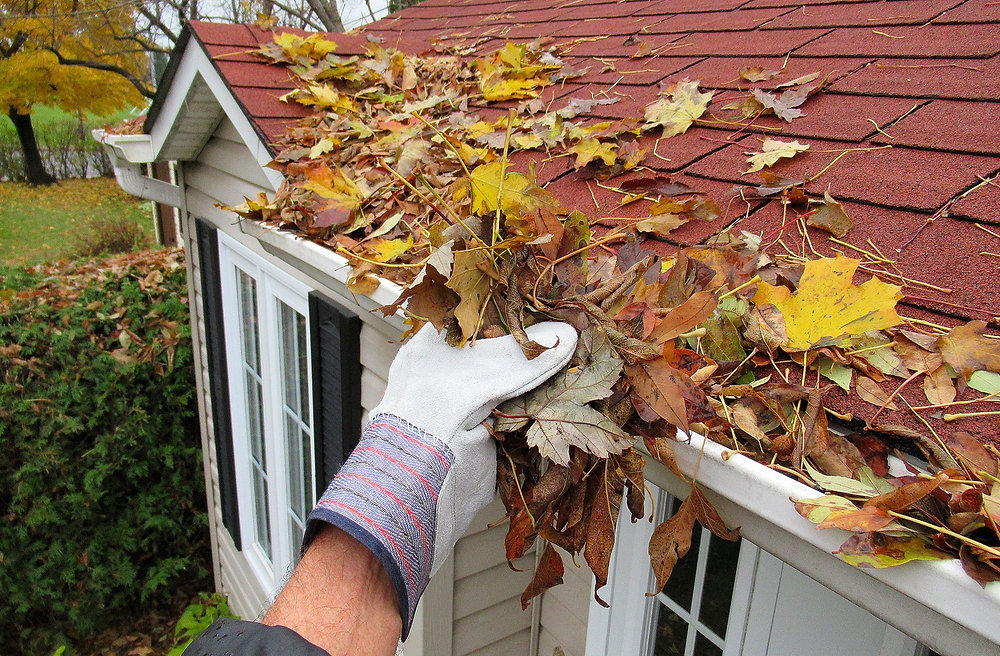Winterize That Second Home To Prevent Damage While You’re Gone

Do you have a vacation cabin or another property that you use during the summer but leave empty during the winter? If so, you need to winterize your getaway so you don’t find a mess when spring arrives.
Winterizing may take a few hours of work, but being thorough can prevent serious problems. These include burst pipes, mold and rot, water invasions, soggy ceilings and compromised foundations. Let’s look at five steps to winterize your summer home.
1. Insulate your pipes or turn off your water at the main. You may think having your temperature set at 55 degrees is enough to keep your pipes from freezing. But what if your power goes out or your heating system fails without your knowledge? Insulating your water pipes is one extra layer of protection.
Professionals recommend insulating indoor and outdoor water pipes with waterproof closed-cell foam tubes and taping joints with duct tape. You can leave the insulation on year-round if you wish. If you can turn off the water, do so. And remember to open all the faucets and flush all the toilets so no water is left in the pipes.
2. Prevent mold and rot. Fabrics and wood surfaces are highly susceptible to mold and rot from humidity. Improving air circulation can help. If you don’t have central forced-air heat, you may wish to run a fan on each floor or turn on a dehumidifier with a drainage hose that feeds into a floor drain.
The goal is to keep relative humidity between 30% and 40%. Leave closet doors open so they don’t get musty. And clean and empty the fridge, unplug it, and leave the doors open. Do the same with the dishwasher and clothes washer.
3. Keep water out. Snow and heavy rain can create leaks around doors and windows. Seal the edges of your windows with waterproof sealant tape, which you can remove in the spring. You may also wish to install a rubber guard on the exterior base of your door that extends to the ground to prevent high water or melting snow from getting in and rotting your threshold. If you make a door draft blocker filled with sand and stretch it along the rubber guard, you will have even more protection.
4. Fix the roof and clear the gutters. Check your roof for any lifted tiles, damaged flashing or other spots where leaks may occur. Fix any issues before you depart for the season. Also clear the gutters and downspouts so water doesn’t back up into your ceilings.
Lastly, take steps to prevent ice dams. These are areas at the lowest edges of your roof that collect snowmelt from the higher portions of your roofline and refreeze it. The weight of the ice can damage the roof or gutters. And with no ability to run off, the melting snow can seep inside the house.
Oftentimes, properly insulating the ceiling below the attic will prevent warm interior air from rising and melting the snow. But sometimes the sun’s warmth will melt the higher part of the roof’s snow and not the lower part due to shade or geographic siting. In those cases, you may need to hire a local contractor to clear the dams.
5. Guard your foundation. Whether your second home is built on a slab or has a concrete foundation with a full basement, you need to protect that base from forces of movement. Soggy ground around the foundation can compromise the strength and stability of footers and slabs, allow movement of these load-bearing structures, and cause cracks and bowed walls.
Before leaving for the winter, ensure your landscaping and grading encourage water to flow away from the house. Dry all spigots when not in use and turn them off at the main for the winter. If there are any foundation cracks, seal them so water can’t seep in and freeze. This can worsen the fracture.
Note that home insurance does not cover pest invasions or earth movement, so take special care to prevent these problems. Keeping your dryer door closed, boarding up pet doors and taking out all food, even pet food, are good practices.
Lastly, ensure your homeowners insurance for your second home allows for long periods of vacancy. Some insurers require unoccupied home insurance if you do not live in your vacation property for months at a time. Please reach out to us here at CH if you need to make any adjustments.






